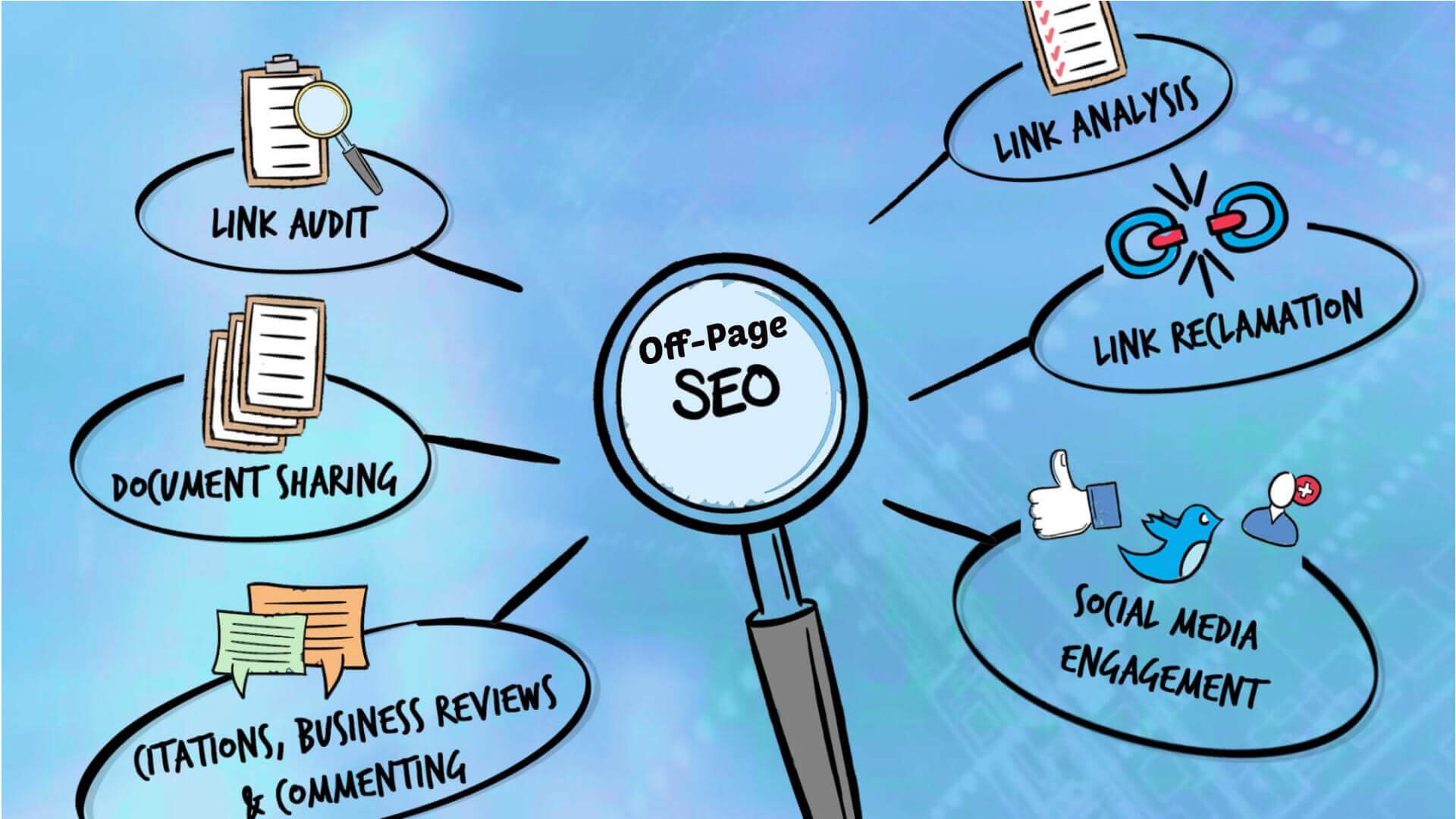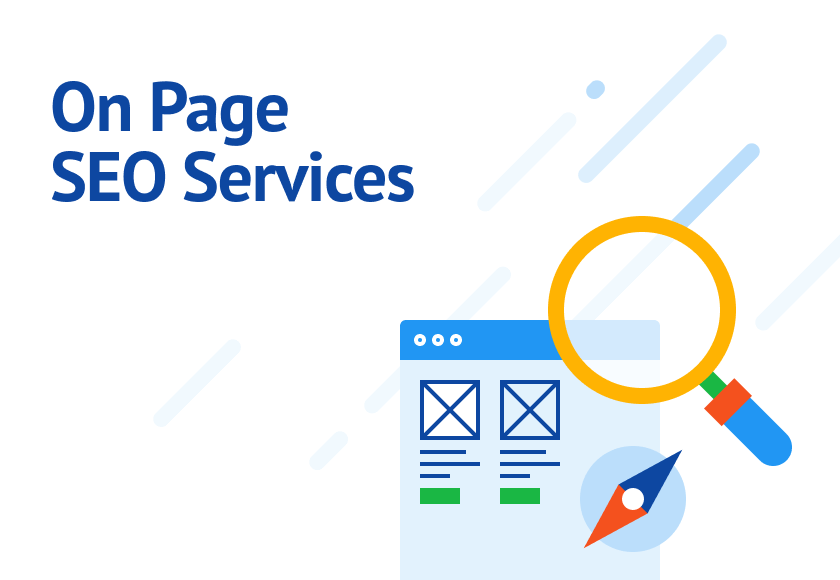When you prioritize user experience (UX) in your website’s design, you’re directly influencing your site’s search engine rankings. Google’s algorithms favor websites that provide quick, mobile-friendly, and captivating experiences. A positive UX leads to higher search rankings, while a poor one can increase bounce rates and hurt your site’s value. Key factors like page load speed, mobile optimization, and content quality all shape UX.
By focusing on UX design, you can enhance SEO performance, drive traffic, and boost search engine rankings. By understanding the connection between UX and SEO, you can reveal strategies to improve your site’s online visibility.
User Experience Impacts Search Rankings
Your website’s user experience has a direct impact on its search rankings, influencing how search engines like Google perceive your site’s value to users. If your website offers a good user experience, you’ll likely see a boost in search rankings, and here’s why. Search engines use user engagement metrics, such as dwell times and bounce rates, to gauge your site’s value.
A website with high bounce rates due to poor user experience can signal search engines that it’s not valuable to users, leading to lower search rankings. On the other hand, positive user interactions, longer dwell times, and lower bounce rates contribute to higher search rankings.
Factors like page load speed, mobile optimization, and content quality all play a role in shaping your website’s user experience and, in turn, its search rankings. By focusing on delivering a great user experience, you’re not only making your website more enjoyable for users but also increasing its visibility in search results.
Factors Affecting User Experience

You’re probably wondering what factors can make or break your website’s user experience. As it turns out, key UX design elements like page load speed, mobile optimization, and clear navigation play a significant role in shaping the experience of your site’s visitors.
Key UX Design Elements
Delivering a seamless user experience is contingent upon several key design elements that profoundly impact how users interact with and perceive a website. You need to focus on creating a solid foundation for your UX by addressing critical components that influence user engagement and search rankings.
| UX Design Element | Impact on User | SEO Implication |
|---|---|---|
| Page Load Time | Slow load times lead to frustration and high bounce rates | Google favors fast-loading sites, improving search rankings |
| Mobile Optimization | Poor mobile usability results in a negative user experience | Mobile-friendly sites receive higher search rankings, increasing visibility |
| Site Architecture and Navigation | Confusing navigation leads to user disengagement and increased bounce rates | Clear site structure and navigation improve user experience, positively affecting SEO |
Impact on Search Rankings
Crafting a user experience that positively impacts search rankings involves understanding the essential factors that influence how users interact with and perceive a website.
You see, user experience affects search engine rankings in more ways than one. When you prioritize UX and SEO, you’re more likely to reduce your high bounce rate and create engaging content that attracts and retains users.
Google’s page speed estimation algorithms and Core Web Vitals (CWV) metrics play a significant role in determining your website’s user experience and, in turn, its search rankings. Low CWV performance leads to poor user experience, which negatively impacts your SEO rankings and missed opportunities.
On the other hand, a high CWV score indicates a better user experience, which boosts your search engine rankings. Understanding the importance of CWV metrics is vital in optimizing your website for better search rankings.
Mobile Optimization Strategies
Nearly three-fifths of website traffic originates from mobile devices, which is why mobile enhancement strategies are crucial for creating a seamless user experience that drives engagement and boosts search engine rankings. You can’t afford to overlook mobile enhancement, as it directly impacts your website’s visibility, user retention, and brand credibility.
To create a winning mobile experience, consider these mobile enhancement strategies:
- Responsive design: Ensure your website adapts to different screen sizes and devices, providing an excellent viewing experience for mobile users.
- Lightning-fast load times: Aim for load times under 3 seconds, as slow websites can lead to high bounce rates and decreased search engine rankings.
- Intuitive navigation: Simplify your menu and make it easy for mobile users to find what they’re looking for, reducing friction and improving user experience.
How UX Design Affects SEO

The effectiveness of your website’s user experience (UX) design has a significant impact on your search engine optimization (SEO) rankings, as it directly influences how users interact with and respond to your site. A well-designed UX not only enhances user engagement but also positively affects SEO metrics such as bounce rates and overall site performance.
| UX Factor | SEO Impact |
|---|---|
| Page Load Speed | Directly influences search engine rankings |
| Responsive Design | Improves user experience and SEO outcomes |
| Quality Content | Plays a vital role in SEO performance and user engagement |
Your UX design should prioritize responsive design, intuitive navigation, and fast page load speeds to make sure a seamless user experience. By doing so, you’ll not only improve user engagement and reduce bounce rates but also send positive user behavior signals to search engines, ultimately boosting your SEO performance. Remember, quality content is also essential, as it must be optimized for readability and relevance to positively impact your SEO rankings. By focusing on UX design, you’ll be well on your way to enhancing your search engine optimization and driving more traffic to your site.
The Role of Mobile Optimization

As you focus on improving your website’s user experience, you’ll want to prioritize mobile optimization to boost your search rankings.
With most website traffic coming from mobile devices, having a mobile-friendly site is essential – it’s not just about looking good on smaller screens, but also about providing a seamless experience that keeps users engaged.
Importance of Mobile Speed
When it comes to delivering a stellar user experience, you can’t afford to overlook the pivotal role mobile speed plays in shaping your website’s overall performance and search engine rankings.
With 59.5% of website traffic coming from mobile devices, mobile optimization is no longer a nicety, but a necessity. A responsive website that loads quickly can make all the difference in user satisfaction, with 74% of people more likely to return to a site that’s optimized for mobile.
Here are just a few reasons why mobile speed should be a top priority:
- Fast mobile speeds can boost user interaction, with mobile-optimized sites having a 61% higher chance of engaging users.
- Google considers mobile optimization when determining search engine rankings, making it essential for SEO performance.
- A strong presence on both desktop and mobile devices increases brand credibility and enhances overall user experience.
Benefits of Responsive Design
By incorporating responsive design into your website, you can tap into the vast majority of users accessing the web through mobile devices, which now accounts for 59.5% of all website traffic. This not only improves the user experience but also boosts your website’s visibility in search engine rankings.
When you optimize for mobile, you’re giving your users a hassle-free experience that encourages them to stay on your site longer. In fact, 61% of mobile users are more likely to engage with mobile-optimized sites because of their improved usability.
With responsive design, you can see significant improvements in user retention rates – a whopping 74% of users will return to your website. This increased engagement and retention are directly linked to your brand credibility and user trust.
Mobile User Engagement
Your website’s mobile user engagement is heavily influenced by its mobile optimization, which not only affects how users interact with your site but also plays a significant role in search engine rankings.
With 59.5% of website traffic coming from mobile devices, it’s essential to provide mobile-friendly experiences that cater to this vast audience. A responsive website with mobile-friendly design is key to increasing user engagement and, in turn, boosting your SEO performance.
Here are a few reasons why mobile optimization is a must:
- 61% of mobile users are more likely to engage with mobile-optimized sites, which can lead to increased conversions and brand credibility.
- Google considers mobile optimization when determining search engine rankings, making it a vital factor in your SEO strategy.
- A strong presence on both desktop and mobile devices increases brand credibility and trust among users.
Page Load Time Matters

While a one-second delay may seem minor, it can have a significant impact on your website’s conversions, emphasizing the vital role of page load time in user experience and search rankings. You see, page load speed is essential, and a mere one-second delay can result in a 7% reduction in conversions. That’s why Google prioritizes fast-loading websites, recommending a load time of under three seconds.
If your pages take too long to load, you can expect higher bounce rates and lower user engagement, ultimately impacting your search rankings.
Mobile users expect even faster load times, typically two seconds or less. This highlights the importance of mobile optimization in ensuring a seamless user experience across devices. By improving your page load time, you can lead to higher user satisfaction, longer session durations, and improved SEO performance. It’s a win-win.
Don’t underestimate the power of a fast-loading website; it’s a key factor in driving user engagement and boosting search rankings. Make sure you prioritize page load speed and optimize for mobile to create an outstanding user experience that sets you apart from the competition. Your users – and search engines – will thank you.
User Engagement Metrics for SEO

Several key user engagement metrics, including dwell time, click-through rates, and social sharing, play a significant role in determining your website’s SEO rankings.
You see, when users spend more time on your site (that’s dwell time), it sends a signal to search engines that your content is valuable and relevant.
Similarly, when users click through to your site from search results (click-through rates), it indicates that your title tags and meta descriptions are doing their job.
Here are some user engagement metrics you should track:
- Dwell time: How long users stay on your site
- Click-through rates: How often users click through to your site from search results
- Social sharing: How often users share your content on social media
Benefits of Good User Experience

Good user experience brings numerous benefits, directly influencing your website’s search engine rankings and ultimately driving business success. By investing in UX design, you can create user-friendly websites that drive higher conversion rates and improve your SEO impact. Websites with a positive user experience see longer average session durations, with users spending an average of 70% more time on user-friendly sites. This means that users are more likely to engage with your content, leading to higher conversion rates – in fact, a 400% increase in conversion rates is seen on well-optimized sites.
Moreover, good user experience leads to lower bounce rates, with websites ranking higher in search results seeing a 24% lower bounce rate. This shows that search engines like Google reward websites with good user experience, making it an essential factor in achieving higher search rankings.
Best Practices for UX and SEO

To maximize the benefits of good user experience and boost your search engine rankings, you should focus on implementing best practices that marry UX and SEO. Starting with optimizing your website’s speed and design. A well-designed website with a fast load time can significantly reduce bounce rates and improve user experience, ultimately leading to higher search rankings.
Here are some actionable tips to improve your website’s UX and SEO:
- Boost your website’s speed: Guarantee your website loads quickly (less than 3 seconds) to reduce bounce rates and improve user experience.
- Enhance website design and navigation: Create an intuitive and user-friendly design that allows users to easily find what they’re looking for, increasing user engagement and positively impact SEO performance.
- Use clear headings and internal linking: Organize your content with clear headings and use internal linking to enhance usability and contribute to better SEO outcomes.
To Recap
You’ve got a handle on why user experience is the unsung hero of search rankings. By prioritizing UX, you’re not just making your users happy, you’re also climbing the SEO ladder.
Think of it as a ‘golden thread‘ weaving through your website’s fabric, stitching together page load times, mobile optimization, and engagement metrics.
By pulling on this thread, you’ll reap the rewards of better search rankings and a more loyal user base.








